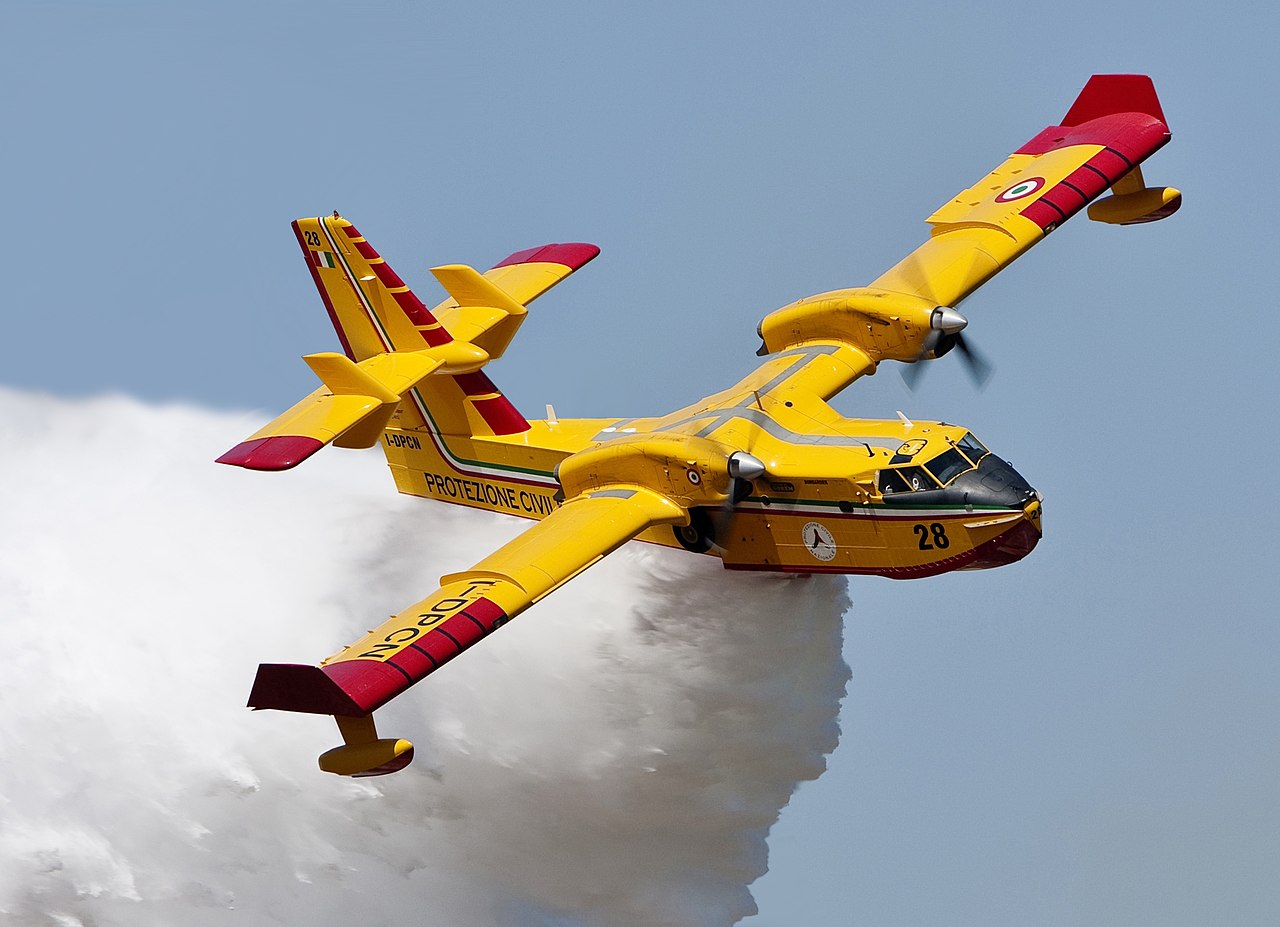I realize we all take slightly different approaches when it comes to following the Canadian Aviation Regulations for drone operations.
I'm not trying to lecture anyone, but I do think it worth reminding ourselves how important it is to be extra cautious when flying in a busy aviation environment.
Most of us have seen the photos of the micro drone strike on the CL-415 firefighting aircraft in U.S. and the shocking damage it caused to the wing. The operator didn't just face a slap on the wrist - the incident led to criminal charges and jail time.
And closer to home, on October 26, 2018, a drone pilot was convicted of a criminal offence after flying near the approach path at Yellowknife Airport - even though there was no contact with an aircraft. This was the first conviction of its kind in Canada.
I come at this with a background from my past career as a helicopter pilot. There are several helicopters operating in the Toronto area, and I know I have mentioned this before, so apologies for repeating it, but a sub 250 gram drone striking the tail rotor would almost certainly cause a failure with fatal results. Sure, it's a one in a million scenario, but so was the drone strike on the CL-415.
A tragic real world example of how vulnerable helicopters are to tail rotor strikes is the Hydro One crash in Ontario in December 2017. An unsecured bag contacted the tail rotor, leading to a complete loss of control and fatal crash. The Transportation Safety Board report demonstrates how a seemingly minor impact can lead to catastrophic consequences.

www.tsb.gc.ca
I'm not waiving a rule book at anyone - just reminding us that a little caution goes a long way when we're sharing airspace.


 airguide.info
airguide.info





